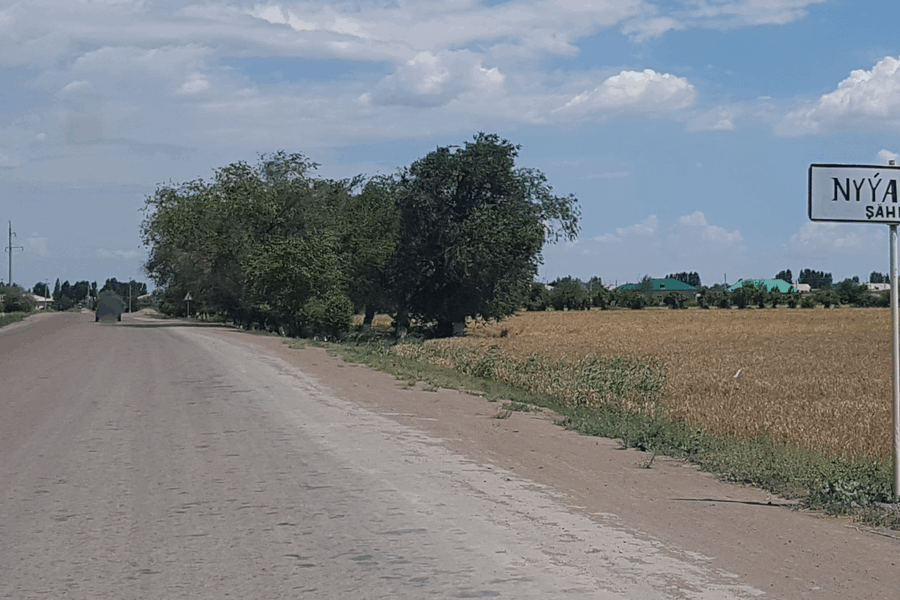Canada’s provinces show dramatic differences in population, from busy metropolitan areas to wide-open rural regions, and a simple ranked list makes those contrasts easy to grasp. A compact overview helps readers compare how each province contributes to the country’s population picture.
There are 10 Smallest Provinces in Canada by Population, ranging from Alberta to Saskatchewan. Data are presented as Population (people, year),Share of Canada (%),Capital for each entry, which you’ll find below.
Which provinces are counted among the 10 smallest by population?
The list covers the ten provinces with the lowest resident counts (territories are excluded); the full ranked names and figures are shown in the table below so you can see exact placements and numbers.
How recent is the population data and what do the columns mean?
“Population (people, year)” shows the headcount and the year of that figure, “Share of Canada (%)” gives each province’s percentage of the national population, and “Capital” names the provincial seat; the table uses the most recent official figures or estimates cited alongside each entry.
Smallest Provinces in Canada by Population
| Province | Population (people, year) | Share of Canada (%) | Capital |
|---|---|---|---|
| Prince Edward Island | 154,331 (2021) | 0.42% | Charlottetown |
| Newfoundland and Labrador | 510,550 (2021) | 1.38% | St. John’s |
| New Brunswick | 775,610 (2021) | 2.10% | Fredericton |
| Nova Scotia | 969,383 (2021) | 2.62% | Halifax |
| Saskatchewan | 1,132,505 (2021) | 3.06% | Regina |
| Manitoba | 1,390,590 (2021) | 3.76% | Winnipeg |
| Alberta | 4,262,635 (2021) | 11.53% | Edmonton |
| British Columbia | 5,000,879 (2021) | 13.52% | Victoria |
| Quebec | 8,501,833 (2021) | 22.98% | Quebec City |
| Ontario | 14,223,942 (2021) | 38.46% | Toronto |
Images and Descriptions

Prince Edward Island
Prince Edward Island is Canada’s smallest province by population, with a close-knit mix of rural towns and Charlottetown. Recent growth comes from immigration and retirees; island life centers on agriculture, fisheries, tourism, and a strong seasonal economy.
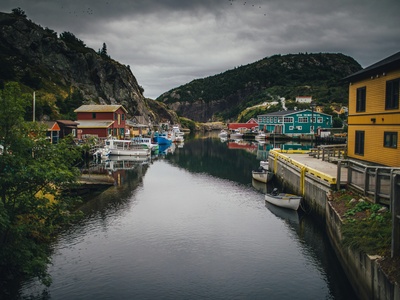
Newfoundland and Labrador
Newfoundland and Labrador has a small, widely distributed population across the island and Labrador. It faces challenges from outmigration and aging, while energy, fisheries, and provincial recruitment programs aim to support economic renewal and population stabilization.

New Brunswick
New Brunswick is a smaller, bilingual province with communities spread across river valleys and coasts. It has modest population gains from internal and international migration, with an economy focused on forestry, agriculture, and growing service and manufacturing sectors.
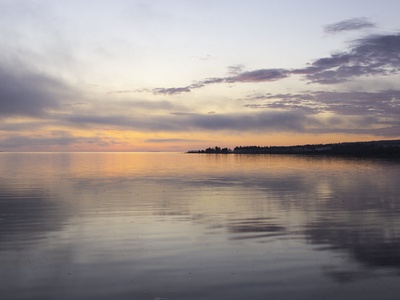
Nova Scotia
Nova Scotia combines a small population with a growing urban core around Halifax. Recent gains from newcomers and interprovincial migrants support a growing tech and services sector, while rural areas work to revitalize traditional industries and tourism.
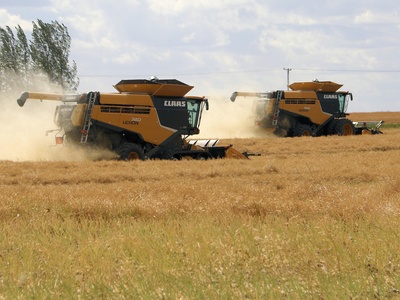
Saskatchewan
Saskatchewan, in the prairie region, has modest population size driven by agriculture, potash and uranium, and growing urban centres like Saskatoon and Regina. Recent years show moderate growth from migration and resource-driven economic cycles.
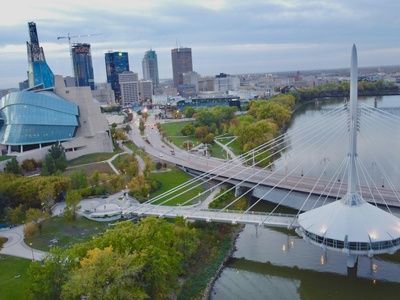
Manitoba
Manitoba’s population centers on Winnipeg, supporting stable growth from immigration and a diversified economy. The province balances urban manufacturing, services, and transportation hubs with large, sparsely populated northern and rural areas.
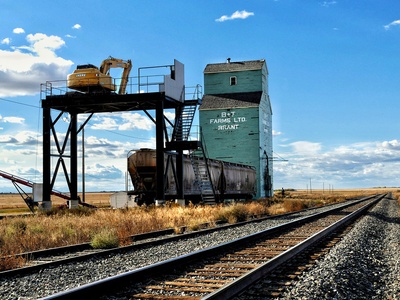
Alberta
Alberta is a populous prairie province with rapid growth tied to energy, jobs, and interprovincial migration. Calgary and Edmonton lead urban expansion, though population trends fluctuate with commodity prices and economic cycles.

British Columbia
British Columbia has a large population concentrated in the Lower Mainland and Vancouver Island. Attracting international migrants for its climate and economy, it faces housing pressure amid growth in tech, tourism, natural resources, and diverse communities.

Quebec
Quebec has a substantial population and distinct francophone identity, concentrated around Montreal and Quebec City. Growth is driven by immigration and urbanization, while the province manages demographic aging and policies aimed at preserving language and culture.

Ontario
Ontario is Canada’s most populous province, centered on Toronto and the Greater Golden Horseshoe. It draws the largest share of immigrants and internal migrants, driving sustained urban growth, diverse industries, and significant influence on national demographics and economy.






